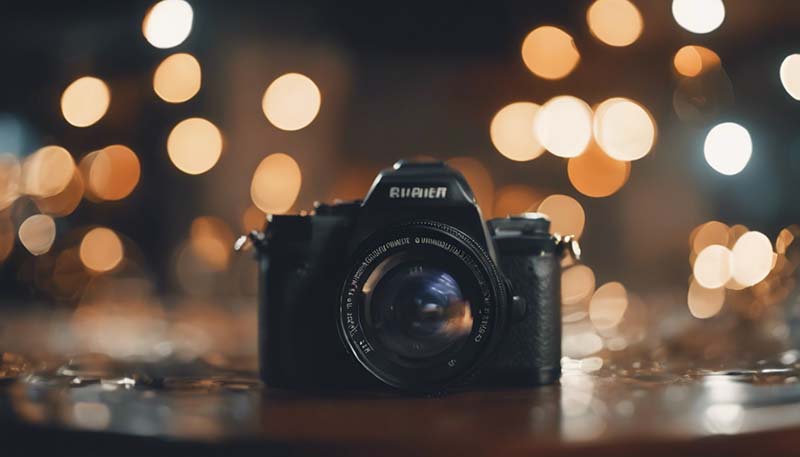The Impact of Cinematography in Creating Suspense and Tension
The Impact of Cinematography in Creating Suspense and Tension
Introduction
Cinematography, the art of capturing and arranging visual elements in a film, plays a crucial role in storytelling. One of its most powerful applications is in the creation of suspense and tension, which are vital for engaging audiences and driving the narrative forward. This essay explores various cinematographic techniques that are commonly used to evoke these emotions and how they contribute to the overall impact of a film.
Techniques for Creating Suspense and Tension
1. Lighting
Lighting is one of the most manipulative tools in a cinematographer's arsenal. Low-key lighting, with stark contrasts between light and shadow, can create an unsettling atmosphere. The use of practical lights, such as lamps or torches, can also add to the suspense by casting an eerie glow and limiting the viewer's visibility.
2. Camera Angles and Movement
The choice of camera angles and movement can significantly affect the audience's emotional response. High angles can make characters appear vulnerable, while low angles can make them seem threatening. Unusual or canted angles can create a sense of disorientation, which adds to the tension. Camera movements like the dolly zoom, often associated with a sense of dread, can also enhance suspense.
Advertisement
3. Framing and Composition
Framing is another powerful technique. By placing objects or characters in the foreground, middle ground, or background, cinematographers can guide the viewer's attention and create a sense of depth. The rule of thirds, leading lines, and the use of negative space can all contribute to a suspenseful composition.
4. Focus and Depth of Field
Controlling the focus and depth of field can create a sense of mystery or impending danger. A shallow depth of field can isolate a character or object in focus, suggesting that danger is near, while the out-of-focus background adds to the uncertainty.
5. Color and Desaturation
Color can be used symbolically to enhance the mood of a scene. Cool colors like blue and green can create a cold, uneasy feeling, while warm colors like red and orange can heighten the sense of danger. Desaturating colors can also contribute to a bleak, suspenseful atmosphere.
6. Sound and Silence
While not a visual technique, sound design works in tandem with cinematography to create tension. The use of diegetic sounds, non-diegetic music, and the strategic implementation of silence can all play a role in building suspense.
Case Studies
a. "Psycho" (1960) - Directed by Alfred Hitchcock
Alfred Hitchcock's "Psycho" is a masterclass in suspense. The use of high-contrast black and white cinematography, the infamous shower scene with its rapid camera cuts and unexpected violence, and the strategic use of music and silence all contribute to a tense and suspenseful viewing experience.
b. "The Birds" (1963) - Directed by Alfred Hitchcock
Another Hitchcock classic, "The Birds," uses long, tracking shots and a desaturated color palette to create a sense of impending doom. The slow build-up of the bird attacks and the use of natural settings that become increasingly hostile enhance the film's tension.
c. "Jaws" (1975) - Directed by Steven Spielberg
Steven Spielberg's "Jaws" is renowned for its suspenseful scenes. The isolation of characters on the open water, the limited visibility due to water and underwater camera angles, and the iconic two-note motif all work together to keep the audience on edge.
Conclusion
Cinematography is a multifaceted discipline that, when expertly employed, can significantly enhance the suspense and tension in a film. By manipulating light, camera angles, framing, focus, color, and sound, filmmakers can evoke powerful emotional responses and create memorable cinematic experiences. The techniques explored in this essay are but a few of the many tools available to cinematographers, and their effective use can be the difference between a good film and a great one.
